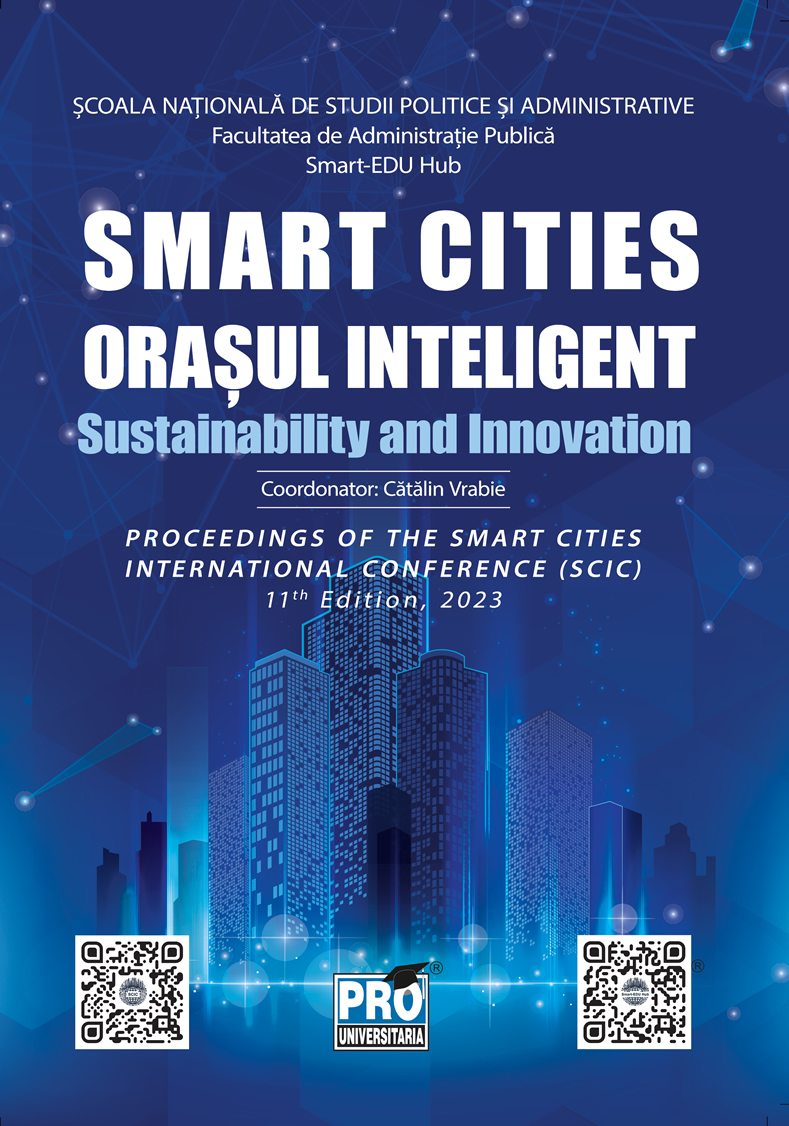Disinformation using artificial intelligence technologies – akey component of Russian hybrid warfare
Keywords:
social media, artificial intelligence , algorithms , fact-check , deep fakesAbstract
For over a decade, the Russian Federation has been at the forefront of hybrid warfare, deploying highly developed capabilities to carry out cyberattacks, political and social subversion, the exploitation of societal
tensions, corrupt financial influence, and disinformation operations campaigns worldwide. The primary objective of Russia’s disinformation campaign is to distort public opinion formation, undermine confidence in
institutions, denigrate political leadership, widen social divide, and meddle with election processes where it has a certain level of interest. The Russian invasion of Ukraine has brought with it a deluge of disinformation and
misinformation. Although it became routine for major events to generate fabricated news, images, and video, the war in Ukraine is featuring a whole new set of characteristics and the extensive use of machine learning
that will influence how readers react to fake media. Fast advancements in information technology, particularly the use of artificial intelligence (AI), have changed the methods in which information and disinformation may
be created and disseminated, making more difficult to differentiate falsehood from real information. In such tensioned environment, websites born to churn out misinformation that operate purely for spreading Kremlin propaganda have launched a real campaign to defend Kremlin right to war. This research paper explores the use of AI in the context of Russian hybrid war, such as user profiling, bot farms, micro-targeting, and deep fakes. The article also examines the ways in which AI can be used to counter such disinformation online and reviews a number of solutions that could help address the spread of AI-powered disinformation for improving
the online environment.
Downloads
Published
Issue
Section
License
Copyright (c) 2024 Ina VIRTOSU, Mihai GOIAN

This work is licensed under a Creative Commons Attribution-NonCommercial-NoDerivatives 4.0 International License.


